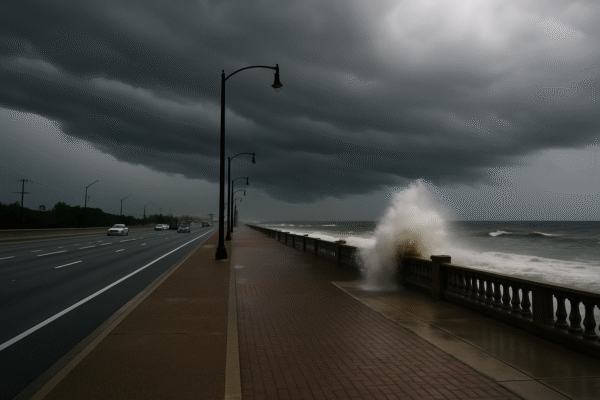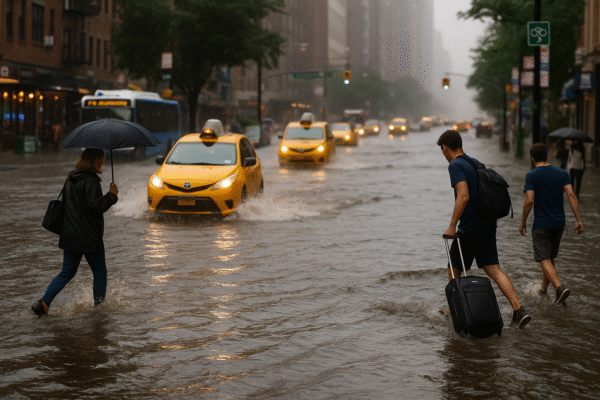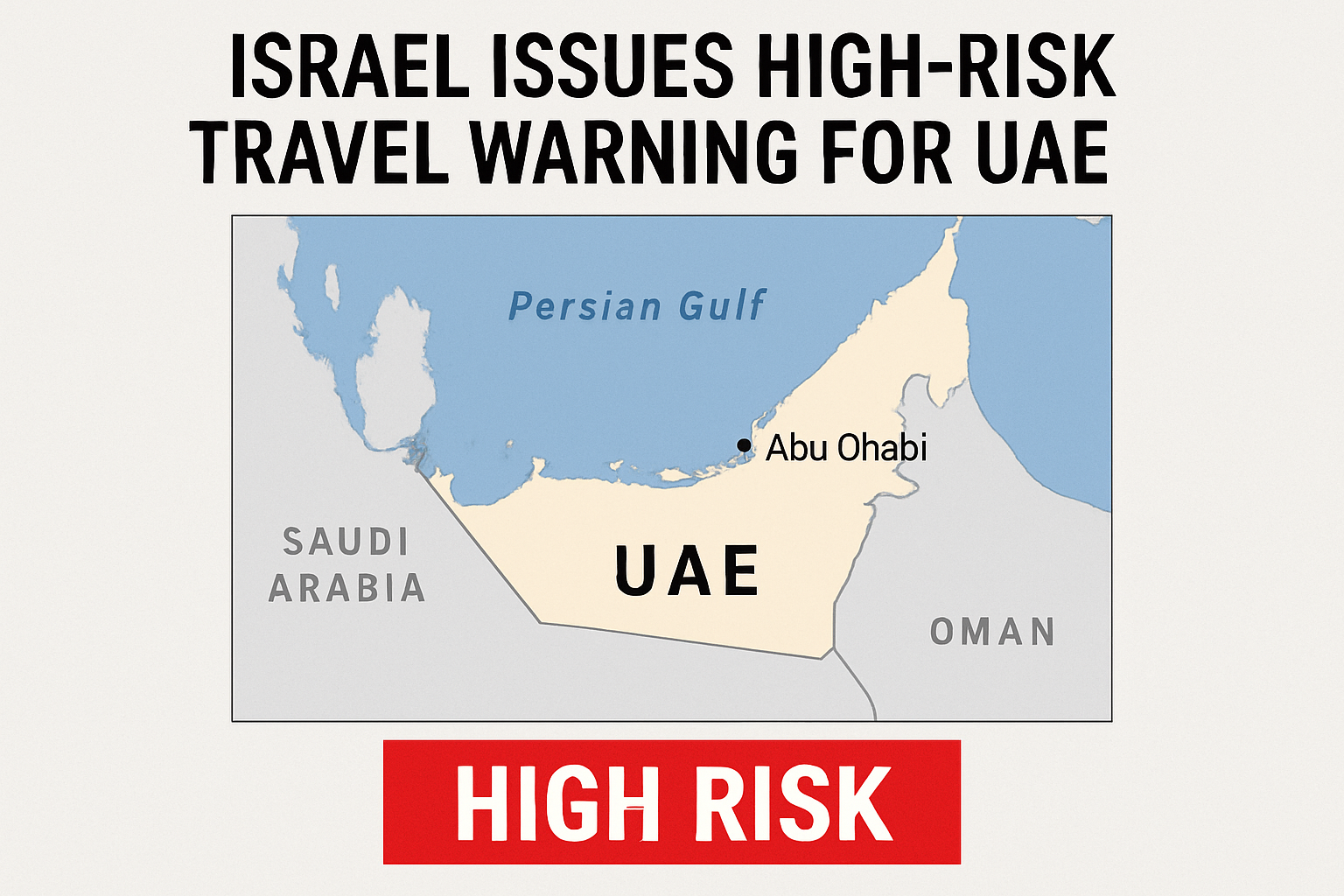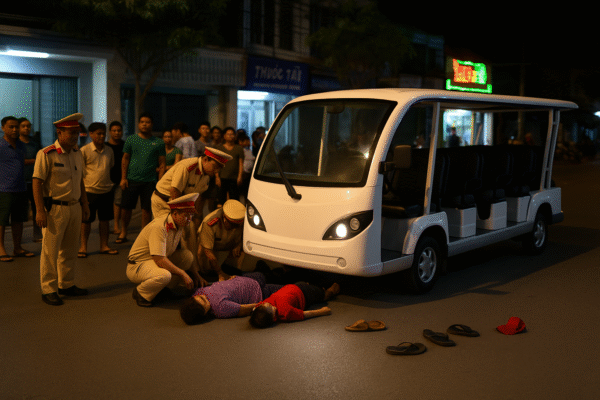A devastating electric shuttle accident in Quy Nhon, a fast-growing coastal city in Vietnam’s Binh Dinh Province, has cast a shadow over the nation’s booming tourism sector. The incident, which occurred on the evening of Friday, July 26, 2025, has reignited public concern over the safety of eco-friendly tourist transport services.
Three tourists were struck by an electric shuttle while crossing Nguyen Tat Thanh Street in Quy Nhon Ward. The vehicle, operated by Thinh Hung Travel Company, failed to halt in time and dragged the victims nearly two meters before stopping. Tragically, 69-year-old Hoang Thi Nga from Tay Ninh Province succumbed to her injuries at the hospital. Two others, 60-year-old Duong Thi Tuyet Suong and an 8-year-old child, suffered serious injuries—the latter requiring emergency brain surgery.
Quy Nhon, known for its stunning beaches, Cham towers, and seafood cuisine, has gained popularity as a domestic and international tourist destination. However, the fatal incident has triggered growing scrutiny over the safety and oversight of electric shuttle services—vehicles promoted for their environmental benefits and tourist appeal.
Driver and Incident Under Investigation
Initial findings from the local authorities reveal that the shuttle was traveling at 26 kilometers per hour at the time of the collision. The driver, 39-year-old Nguyen Kim Khai, possessed a valid Class C driving license and tested negative for alcohol and drugs. Despite these factors, investigators have found indicators of negligence, prompting the transfer of the case to the provincial police for a full investigation. Officials have not yet confirmed whether brake failure or human error was the primary cause of the accident.
In response, Quy Nhon’s newly consolidated Department of Construction—formed from a merger with the Department of Transport—acted swiftly. Under the leadership of Director Nguyen Truong Son, an emergency directive was issued suspending all electric shuttle operations within the city pending a comprehensive safety audit.
Immediate Suspension and Safety Mandates
Authorities have mandated a complete inspection of all electric shuttle fleets and their operators. Only those meeting stringent safety criteria will be allowed to resume operations. Thinh Hung Travel Company, the operator involved in the accident, has expressed its commitment to cooperating fully with investigators and supporting the victims’ families during this difficult time.
To address systemic issues, the city has introduced a 30 kph speed limit on designated tourist routes and intensified patrols and undercover monitoring. July alone saw 29 documented violations involving electric shuttle drivers, ranging from mobile phone use to improper parking and driving against traffic flow.
Broader Implications for Eco-Tourism in Vietnam
Vietnam has been actively promoting electric shuttles as part of its green tourism strategy, which aligns with the country’s sustainability goals outlined by the Ministry of Culture, Sports, and Tourism. However, the accident in Quy Nhon highlights the urgent need for robust safety regulations to complement environmental initiatives.
According to data from the Vietnam National Administration of Tourism (VNAT), domestic travel has rebounded significantly in 2025, with millions exploring lesser-known destinations like Quy Nhon. This influx has led to rapid growth in private transport services, often outpacing the enforcement of proper safety standards.
Administrative Restructuring Aimed at Better Oversight
The Vietnamese government’s recent administrative reforms—especially the merger of transport and construction departments at the provincial level—aim to streamline public services and enhance regulatory oversight. Quy Nhon is one of the first cities to implement this model, and its response to the shuttle crash could serve as a test case for nationwide reform.
The new Department of Construction is now tasked with overseeing urban infrastructure, tourism-related transport, and safety enforcement. Officials hope that these structural changes will lead to more efficient crisis response, improved infrastructure planning, and ultimately safer travel experiences for visitors.
Public Response and Outlook for Tourism
While tourists continue to flock to Vietnam’s beaches, mountains, and cultural hubs, the tragic incident in Quy Nhon has sparked national discourse on the balance between tourism growth and public safety. Many in the travel industry, including eco-transport providers and hospitality businesses, are calling for stricter regulations, standardized training for drivers, and real-time monitoring of vehicle operations.
Local residents and visitors have expressed grief and concern, with many urging authorities to prioritize pedestrian safety and improve tourist transportation infrastructure.
Moving Forward with Responsible Tourism
The Quy Nhon electric shuttle tragedy is a sobering reminder of the potential risks in fast-developing tourism markets. While the expansion of green transportation options is commendable, it must be paired with vigilant oversight and rigorous safety enforcement.
Vietnam’s ability to implement and maintain these standards will be crucial as it seeks to position itself as a safe and sustainable tourism destination in Southeast Asia. For now, Quy Nhon’s authorities are taking decisive action to prevent further tragedies, sending a strong message that the safety of both domestic and international tourists will not be compromised in the pursuit of growth.
For more travel news like this, keep reading Global Travel Wire




















